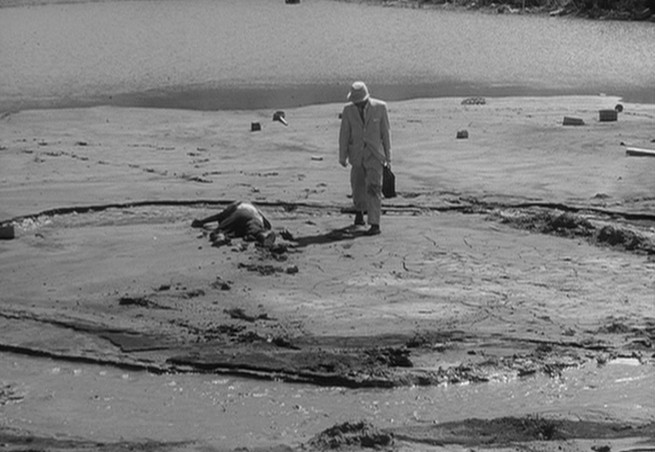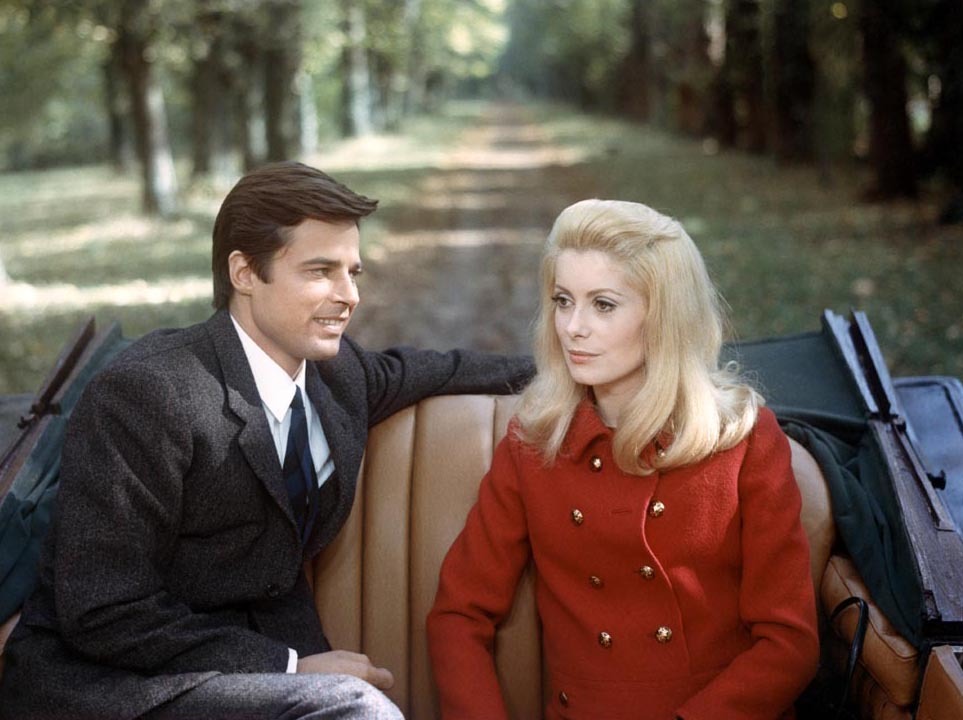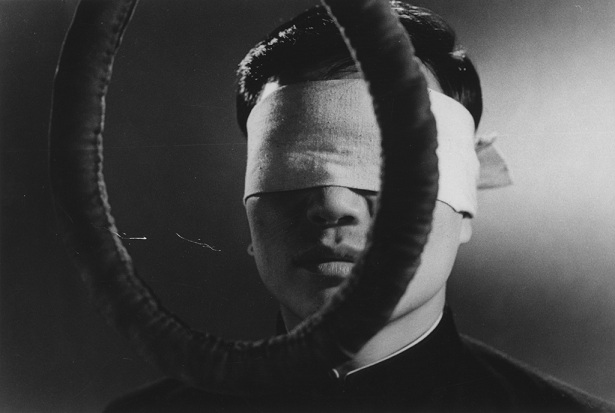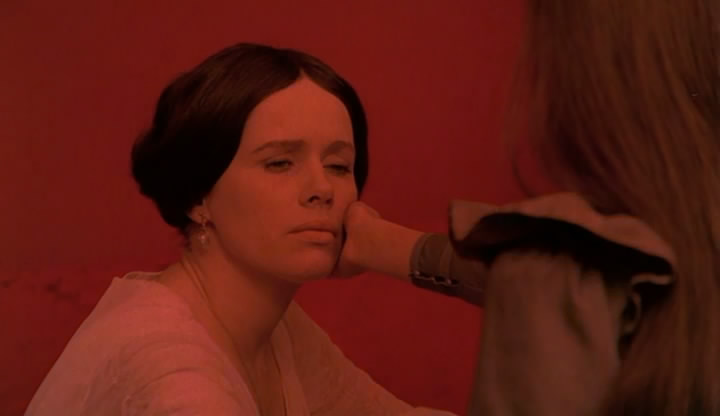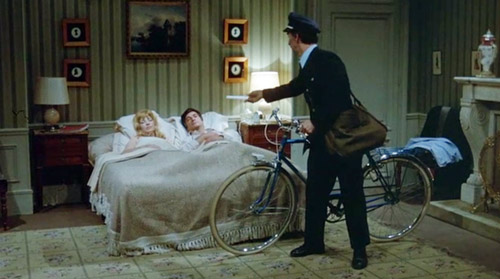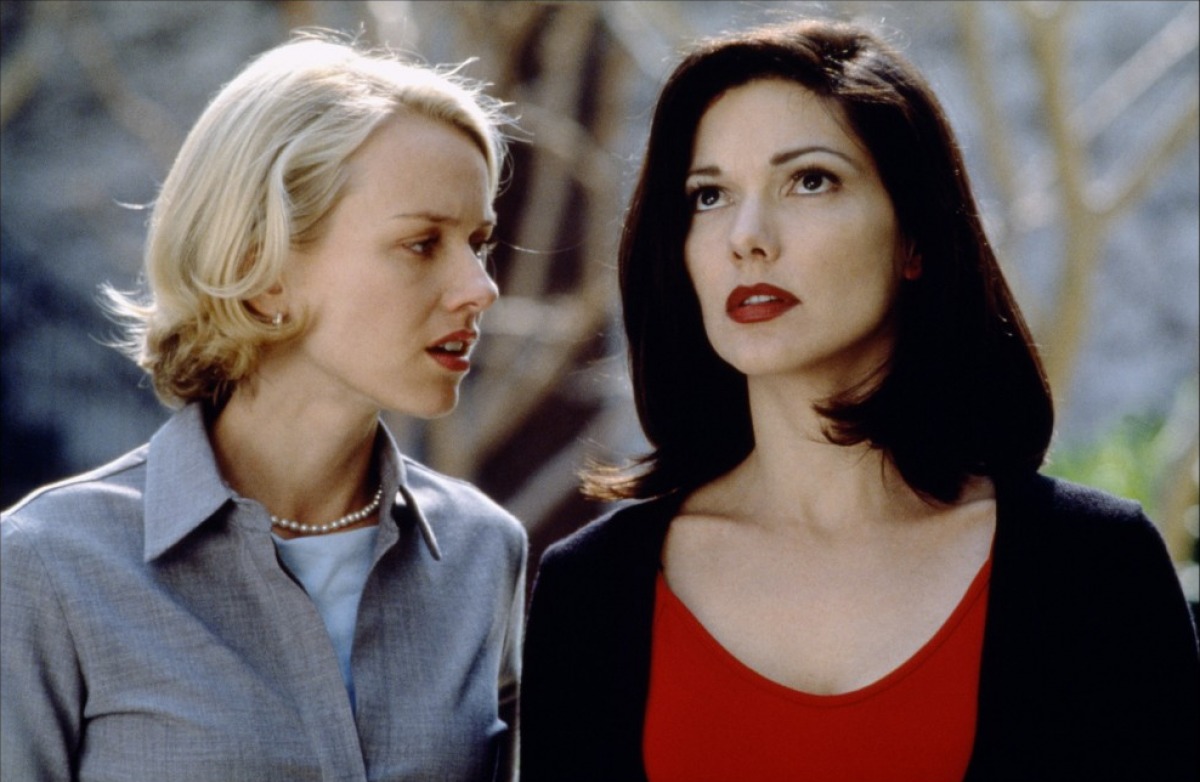
The word ‘dreamlike’ is a vague characterization for a film as it does not refer to specific genres and it can’t be easily described. We could say it can only be felt by the viewer in the same way as a dream is experienced by the dreamer.
‘Dreamlike’ films often have surreal elements, complicated or non-linear storyline, mysterious characters and twists, cold and detached cinematography. Overall, their atmosphere creates an experience similar to a dream and the viewer becomes intensely absorbed in it.
As a result of all these, ‘dreamlike’ films are usually visually beautiful and engrossing, and at the same time haunting and leaving the viewer with unanswered questions as there is a fine line between reality and dream or illusion. In the following list, there are some of the many great ‘dreamlike’ films.
1. Pitfall (Hiroshi Teshigahara, 1962)
A mine worker walks around from town to town with his young son trying to find work when he arrives at a village, Kyushu, and finds out it is a ghost town. A murder occurs in the mining community, an investigation takes place, the victim comes back as a ghost wanting to know why and a mysterious hit-man with a white suite and two unions blame the murders to one another.
Teshigahara had described this film as “a documentary fantasy” and it is indeed a social commentary and at the same time a ghost story. Shot in elegant black and white, visually beautiful and with great cinematography, it’s hard to believe this his debut film.
Despite of the many different events, the story holds together well and plays out as a dreamlike tale with existential elements. The characters desperately search for any kind of meaning in their lives and deaths without, of course, finding answers. Simple and every day moments of the mine workers are filmed naturally and are mixes with the much more cinematic and poetic scenes of the hypnotic ghost story.
2. 8 ½ (Federico Fellini, 1963)
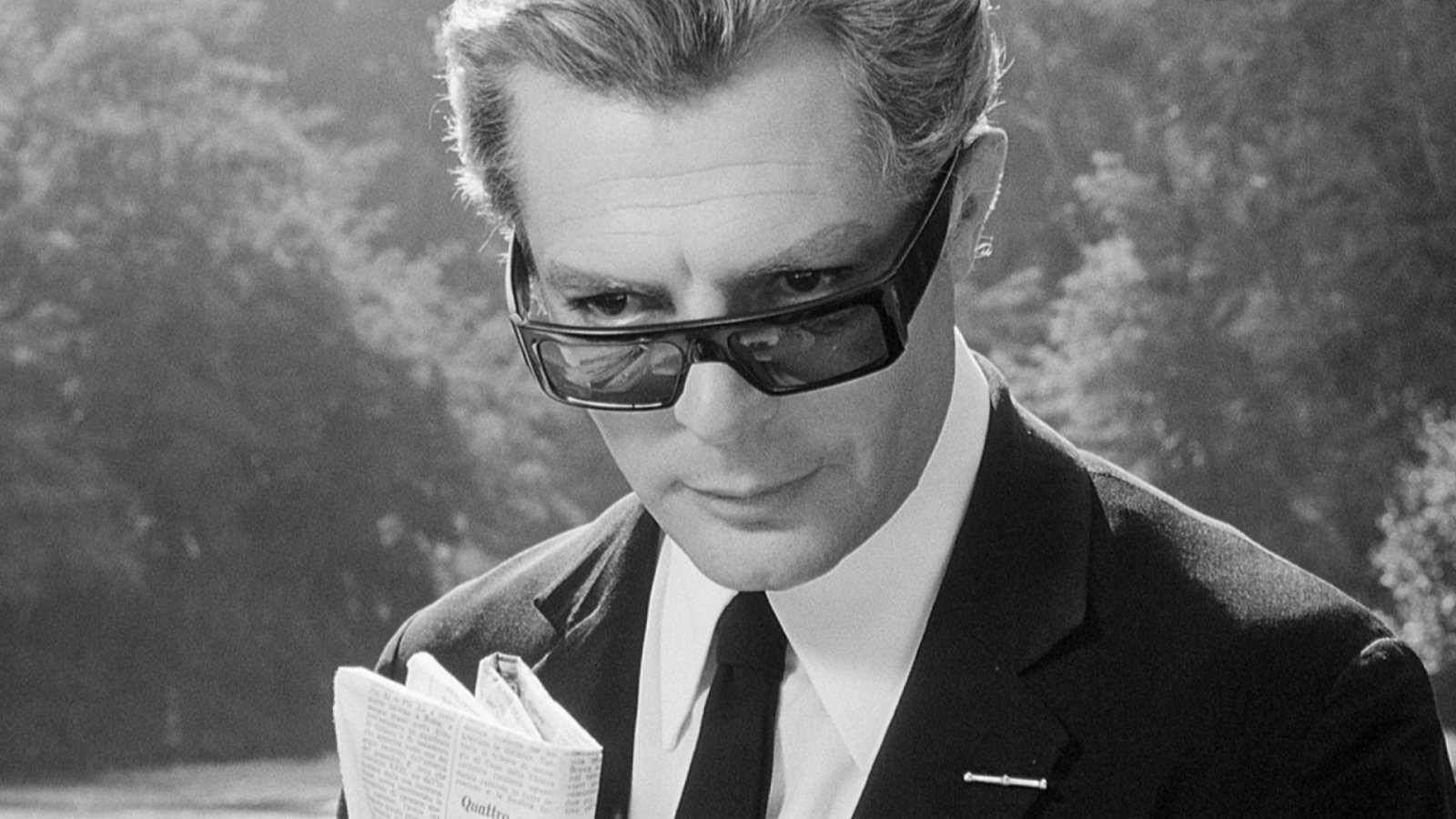
After his last great film, Guido, a film director, descends into an artistic crisis. His past coworkers are constantly looking for new ideas but Guido finds himself unable to come up with any. His lack of inspiration makes him constantly thinking about his life, recalling old important events and remembering all the women that he loved.
Fellini’s ninth film (ironically named 8 ½ ) is almost autobiographical. He made a film about artistic crisis while going through one himself. It’s like an artistic statement about the struggle and the difficulty of making an artistic statement. Society, filmmaking, creativity, mid-life crisis, relationships between men and women – nothing escapes this commentary.
The film opens with a strange dream of Guido being trapped in his car. The dreamscapes of his mind, the memories combined with fantasy and reality not only create a dreamlike atmosphere but somehow give the impression of life itself being a dream sequence. 8 ½ is definitely a confusing film but in a way it makes complete sense.
3. Persona (Ingmar Bergman, 1966)
Elisabeth Vogler is an actress who won’t speak for unknown reasons. Alma, a young nurse, is put in charge of her and develops a kind of friendship with her. She talks to her constantly without ever receiving an answer and ends up sharing personal details and stories of her life while Elisabeth listens patiently and shows compassion. As they spend more time together, Alma begins to change and finds that her personality is melding with the actress’s persona.
Persona is a film with a simple storyline but subtle meanings. The reasons for Elisabeth’s silence remain unknown but it is exactly her silence that makes Alma vulnerable and eager to reveal so much about herself. The merging of their characters is all about how people perceive and interpret one another, how often we can’t see behind people’s surface and how we understand them depending on how we project ourselves upon them.
A fascinating film that submerges deep inside the human mind. Aesthetically beautiful and minimalistic, Persona feels challenging and absurd but at the same time familiar, like being in our own subconsciousness. It is an exploration of identity, a psychological ride, at times exhausting but still haunting and mesmerizing.
4. Belle de Jour (Luis Bunuel, 1967)
Severine is a beautiful young woman and an ordinary housewife married to a doctor. She loves her husband but doesn’t seem to feel sexual attraction to him, so she just contents herself to wild, erotic fantasies. She eventually visits a brothel and becomes a prostitute during the day when her husband is working and a housewife at night when he comes home. Severine is at first quite reluctant in the brothel but gradually feels free to express her suppressed sexuality.
Belle de Jour is Bunuel’s most famous film, definitely not his most surrealistic, but it’s probably his most erotic one, without being at all explicit. The sex scenes are implied and left to the viewer’s imagination, which makes it even more mysterious. It is a study of a very complex female character and Catherine Deneuve is superb as the icy, frigid blonde who transforms into a sensual prostitute.
As the film unravels, the narration becomes more complicated and fantasy mix with reality. By the end of the film, the viewer cannot distinguish Severine’s fantasies from reality anymore. The ending is one of the most famously ambiguous endings in cinema and until today, cinephiles have been arguing over its meaning.
5. Death By Hanging (Nagisa Oshima, 1968)
A Korean man is sentenced to death by hanging but somehow survives and loses his memory and his identity. Under these circumstances, he can’t be re-executed as he would not be aware of his crime, so the executioners have to make him remember and realize his guilt. They play roles and re-enact his crimes one by one, imitating rapes and murders.
A beautiful film which contemplates the absurdity of capital punishment and at the same time is an interesting insight into a murderer’s mind. The young man can’t identify himself into the crimes he’s told he has committed and feels as a different person. He opposes the executioners by stating how obviously irrational it is to have him killed because he himself has killed.
The film’s narration is unique and complex as it follows three different styles. The opening is like a documentary about death by hanging and the last moments of the death row inmates while after the fail of the execution, the executioners’ efforts of re-enacting the crime scenes are comic and sometimes even hilarious. But in the last part of the film, the young man’s past unravels in dreamlike scenes and a series of fantasies without the characters ever leaving the room.
6. Cries and Whispers (Ingmar Bergman, 1972)
In an isolated place in Sweden, Karin and Maria visit their dying sister Agnes. Agnes lives her last days in pain and her illness makes her more and more vulnerable. Her sisters try to take care of her but it is obvious that they both can’t feel any sympathy for their dying sister and can’t show any affection. Agnes only gets the comfort that she needs from the maid, Anna. The three sisters gradually reveal long buried feelings of resentment, jealousy and selfishness.
Cries and Whispers is a quiet but disturbing film, just like many other films by Bergman. Both Karin and Maria are cold and hard characters, they avoid intimacy and affectionate feelings while Agnes is the only one seeking for love. The film gradually reveals their past, their problematic family relationship and the mutual hatred they express to each other.
The color red is dominant throughout the film and there are various scenes that could be either memories or symbolical illusions. The painful flashbacks leave the viewer with unanswered questions about the characters’ past and the reasons behind their resentful feelings.
7. The Phantom of Liberty (Luis Bunuel, 1974)
The Phantom of Liberty consists of a series of unrelated events. An elegant soiree with guests sitting at toilet bowls and going to a little room to eat, monks playing poker using religious chips as medals and a little girl going to the police with her parents to report herself as missing. The events are only vaguely connected and it is left for the viewer to decide what the connections are.
After “Un Chien Andalou” and “L’age D’or”, this is probably the most surrealist film by Bunuel, known as the master of surrealism. The symbolism is not just obvious, it is actually literal. Bunuel mocks and ridicules the bourgeoisie and implies it is a dying class, which is a very common subject in his films.
The storyline is poignant and the characters are completely absurd which takes the viewer out of their “comfort zone”. At the same time, the film doesn’t fall into the trap of appearing pretentious as it doesn’t take itself too seriously. It’s full of irony, comic lightness and dark humor which makes it entertaining and at times even hilarious.
